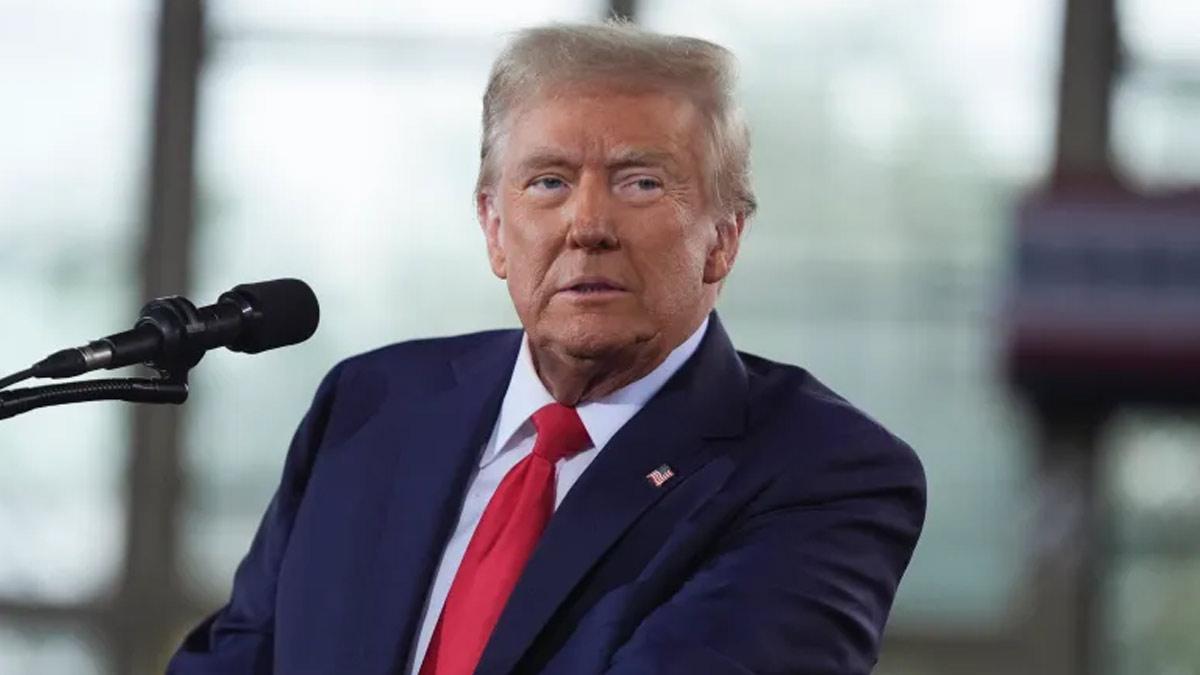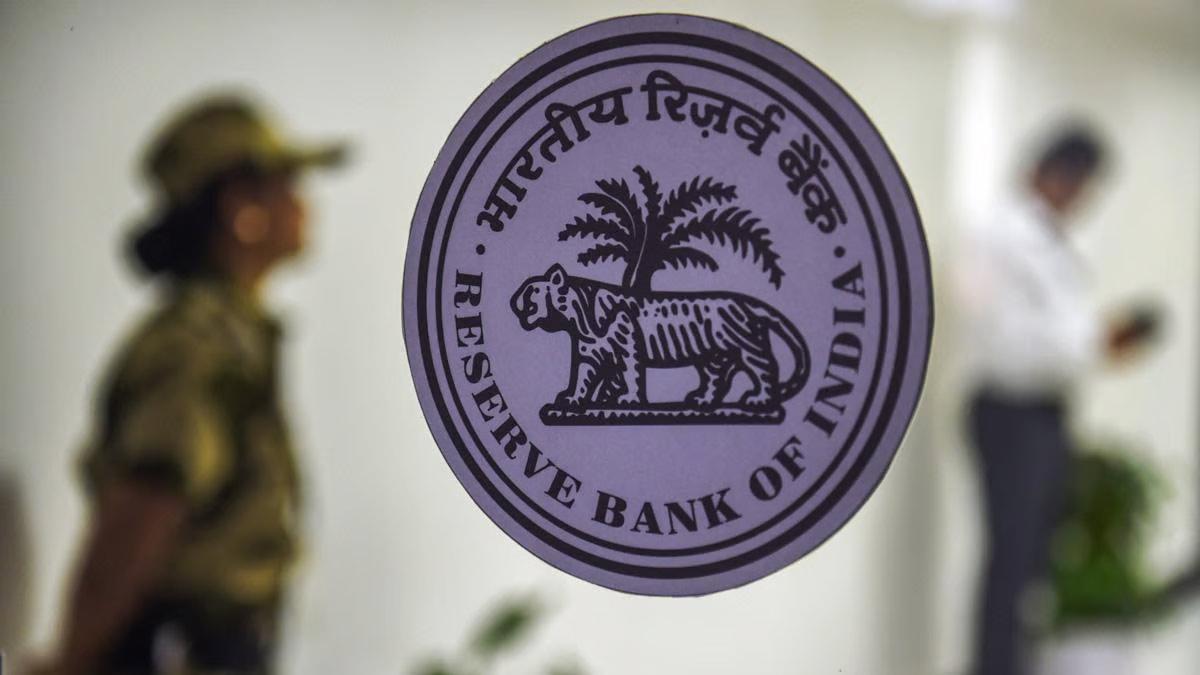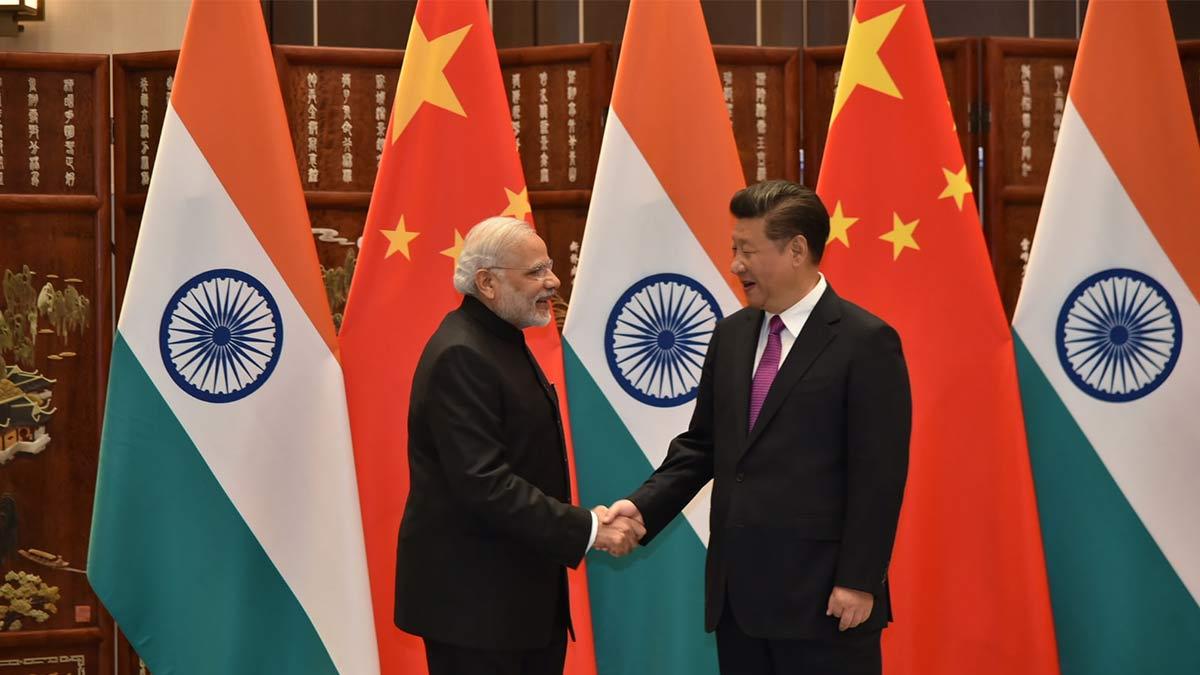The move by the US government to impose reciprocal tariffs as a reaction to increased duties by its trading partners will not significantly affect India, the Global Trade Research Initiative (GTRI) has said.
The economic think tank noted that the export profiles of the two countries are very different, lowering the possible implications for India.
For example, GTRI clarified that if the US levies a 50% reciprocal tariff on Indian pistachios in response to India's equal tariff, India would not be impacted because it does not export pistachios. In addition, Ajay Srivastava, GTRI Founder, pointed out that for 75% of US exports to India, the average tariff is below 5%.
On the contrary, India incurs increased US tariffs in labour-intensive products like textiles, garments, and footwear, on which the tariff may go as high as 15% to 35% for many of their products.
"Considering the differences in both countries' export profiles, the use of reciprocal tariffs is not expected to make a significant dent in India. In the new approach of the Trump administration, India may hold off until the US decides on reciprocal tariffs in April before acting similarly as it did in June 2019," Srivastava added.
After talks with Prime Minister Narendra Modi in Washington, US President Donald Trump said that India would raise its imports of oil, gas, and military hardware from the US to lower the trade deficit. But he also made it clear that India would not be exempt from retaliatory tariffs. Trump said that the details of the trade agreement, which could be centered around retaliatory tariffs, are still not clear but could be announced in April.
Moreover, Srivastava added that the time is not right for an FTA between the two countries, as the US has been disrespectful of FTAs, given the imposition of tariffs on Mexico and Canada under the USMCA, contrary to the terms of the agreement.
The GTRI also noted that the US has not made it clear whether reciprocal tariffs would be on particular products or across whole industries.
A February 13 White House fact sheet pointed out that the average Most Favored Nation (MFN) tariff on agricultural products in the US is 5%, compared with 39% for India. The US also imposes a tariff of 2.4% on Indian motorcycles, whereas India imposes a tariff of 100% on US motorcycles.
Srivastava recommended that the US impose a clear criterion—either product-specific or sector-specific—for transparency in decision-making. Otherwise, he cautioned, whatever steps were taken to cut MFN tariffs may end up favoring China since it is the world's biggest exporter of industrial products.
From April to November 2024-25, the US was India's second-largest trading partner with bilateral trade in goods at USD 82.52 billion. These involved USD 52.89 billion in Indian exports, USD 29.63 billion in imports, and a trade surplus of USD 23.26 billion.
During 2023-24, India's largest trade partner was the US, which involved bilateral trade worth USD 119.71 billion, of which USD 77.51 billion was in the form of exports and USD 42.19 billion worth of imports, yielding a trade surplus of USD 35.31 billion.
Read also| India and US Set $500 Billion Trade Goal, Plan Talks for Mega Trade Deal


















